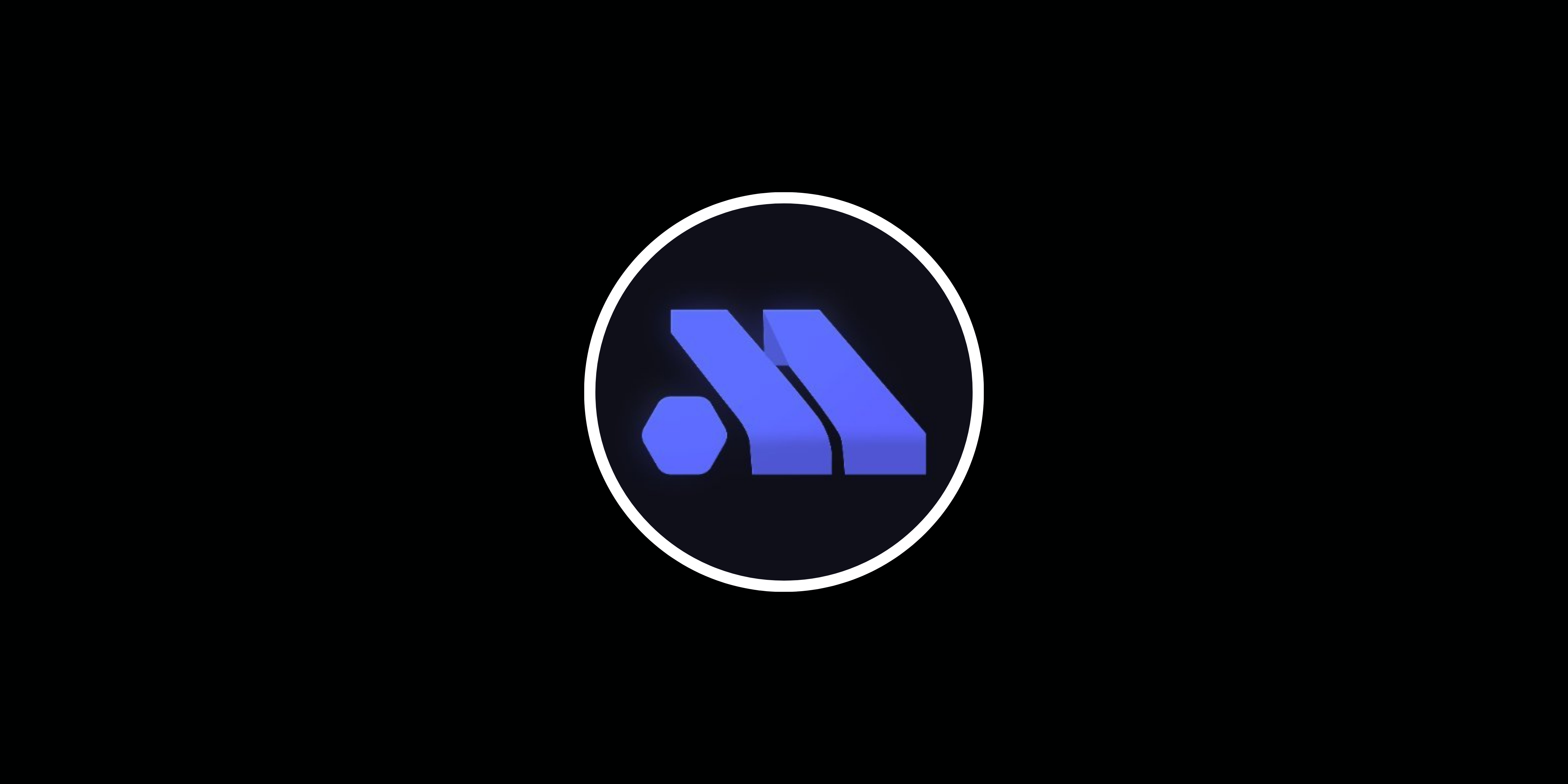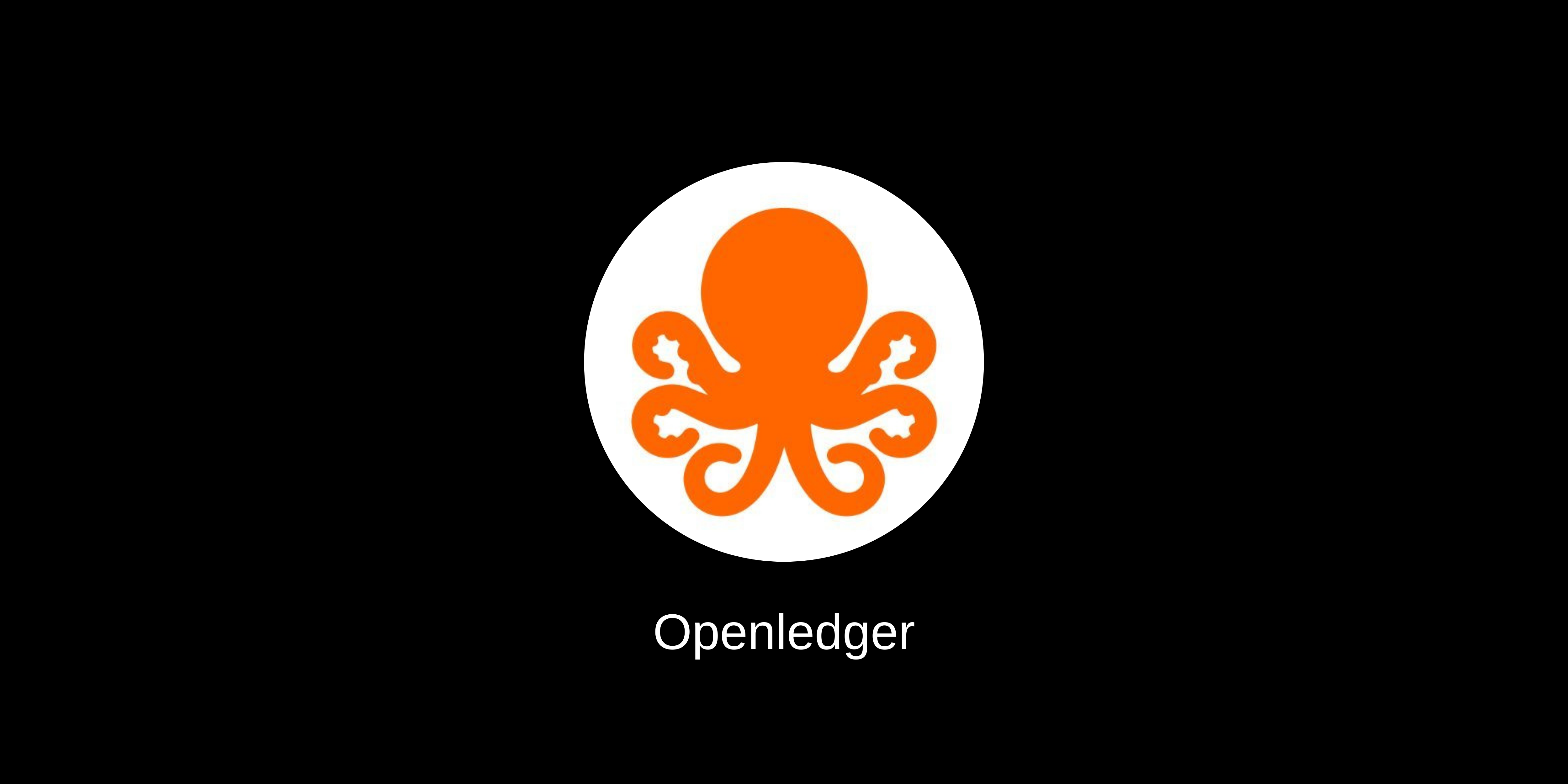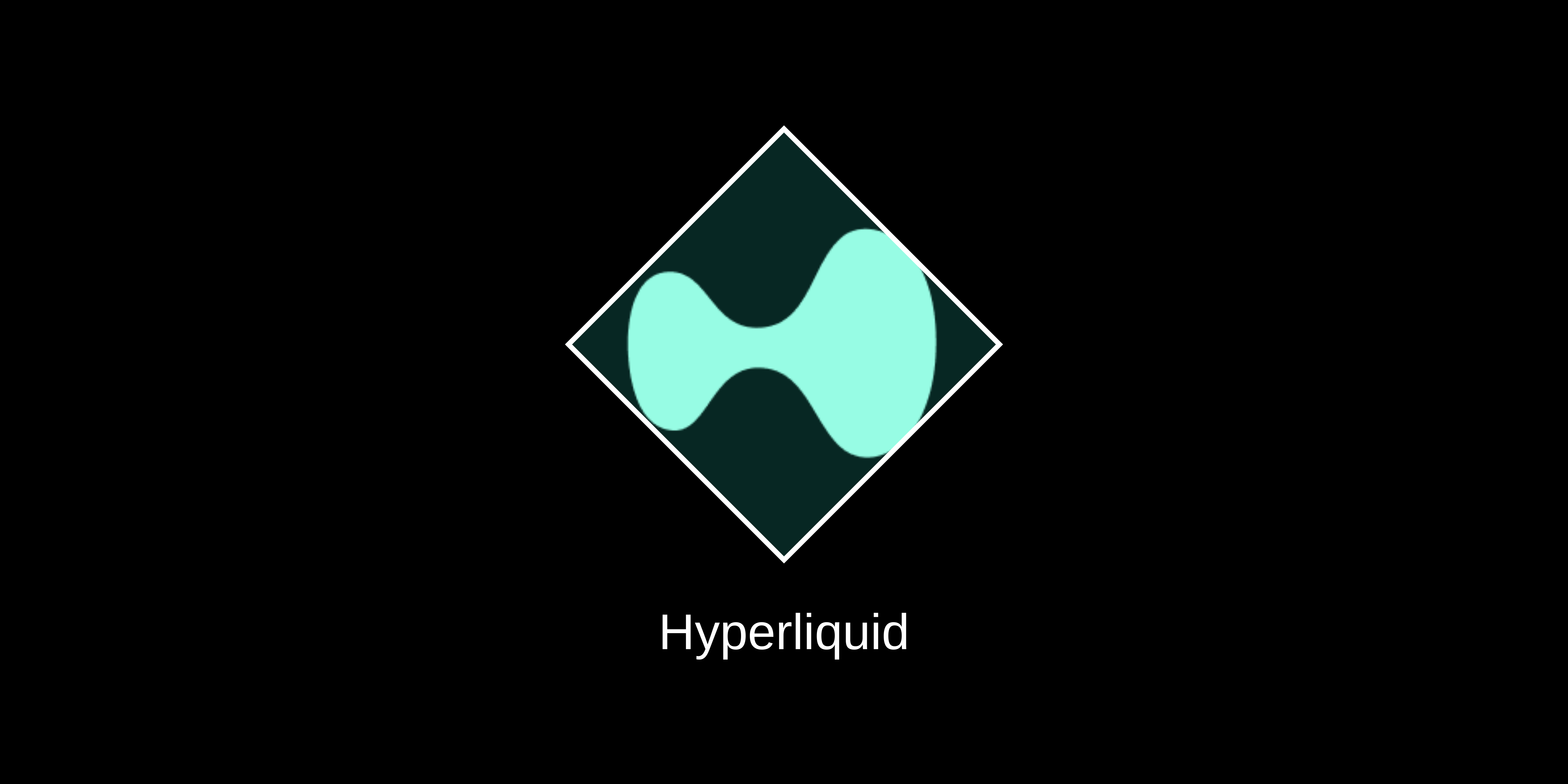Introduction
Solv Protocol is a Bitcoin staking platform that leverages the Staking Abstraction Layer (SAL) to standardize and enhance Bitcoin staking across multiple blockchains. The protocol aims to provide flexibility, security, and scalability, allowing users to stake Bitcoin across different chains while maintaining liquidity through Liquid Staking Tokens (LSTs).
Innovation
Solv Protocol introduces a novel approach to Bitcoin staking through its Staking Abstraction Layer (SAL). SAL enables seamless cross-chain staking and interaction with DeFi protocols, allowing users to stake Bitcoin on one blockchain while utilizing the liquidity on another. This level of interoperability and flexibility is a significant innovation within the BTC staking space. The protocol’s diverse yield-generating strategies, such as validator rewards, restaking, and trading strategies, further enhance its appeal to a broad range of users. Solv Protocol scores 9/11 in innovation, demonstrating its unique value proposition in the market.
Architecture
The architecture of Solv Protocol is designed to ensure interoperability and security through a modular structure that includes key components such as:
- LST Generation Service: Handles the issuance of Liquid Staking Tokens (LSTs) representing staked Bitcoin.
- Staking Validation Service: Manages asset custody, transaction validation, and signing.
- Transaction Generation Service: Facilitates the seamless interaction with multiple blockchains.
- Yield Distribution Service: Converts and distributes staking rewards efficiently.
The protocol integrates with cross-chain solutions like Chainlink’s Cross-Chain Interoperability Protocol (CCIP), enabling secure and efficient cross-chain transactions. However, the complexity of the architecture presents challenges in terms of integration and security, scoring 9/12 in architecture.
Code Quality
Solv Protocol’s codebase demonstrates high quality, emphasizing security, modularity, and efficiency. Key strengths include:
- Well-structured smart contracts with clear logic and security measures.
- Robust documentation that enhances maintainability.
- Rigorous testing to ensure the reliability of core staking functions.
The project’s code quality score of 13/15 reflects its strong development practices and commitment to secure coding.
Product Roadmap
The roadmap for Solv Protocol outlines ambitious goals, including:
- Expansion to additional blockchains such as Base, Mantle, and Merlin.
- Further integrations with DeFi protocols will expand SolvBTC’s utility.
- Enhancements in security and governance to improve decentralization.
- Development of additional yield sources to diversify revenue streams.
While the roadmap is comprehensive, it lacks clear timelines and specific milestones that would provide greater transparency to the community.
Usability
Solv Protocol offers a seamless user experience with:
- Easy-to-use interfaces for staking and managing assets across multiple chains.
- Cross-chain liquidity enables users to move assets freely without restrictions.
- Clear documentation to guide users through the staking process.
The protocol scores a perfect 5/5 in usability, reflecting its focus on accessibility and user-centric design.
Team
The current team behind Solv Protocol consists of two active developers with intermediate backgrounds. While they have demonstrated competence in implementing the protocol, the limited size of the team raises concerns about scalability and long-term development capacity. The project scores 3/7 in the team category, indicating the need for additional experienced developers to support growth and innovation.
Conclusion
Solv Protocol stands out as a leading Bitcoin staking platform powered by its innovative Staking Abstraction Layer (SAL). It provides a comprehensive gateway to BTCFi, enabling users to unlock liquidity and maximize returns across multiple blockchains. Despite its promising technology and usability, challenges remain regarding team capacity and architectural complexity.
Strengths:
- Innovative cross-chain staking capabilities.
- High-quality codebase and robust security measures.
- User-friendly experience with strong interoperability.
Areas for Improvement:
- Expansion of the development team to accelerate growth.
- A clearer roadmap with well-defined milestones.
- Enhanced community engagement to build trust and adoption.
| Initial Screening | |||
| Keep researching | |||
| Does this project need to use blockchain technology? | Yes | ||
| Can this project be realized? | Yes | ||
| Is there a viable use case for this project? | Yes | ||
| Is the project protected from commonly known attacks? | Yes | ||
| Are there no careless errors in the whitepaper? | Yes | ||
| Project Technology Score | |||
| Description | Scorecard | ||
| Innovation (Out Of 11) | 9 | ||
| How have similar projects performed? | Good | 2 | |
| Are there too many innovations? | Regular | 2 | |
| Percentage of crypto users that will use the project? | 6%-10% | 3 | |
| Is the project unique? | Yes | 2 | |
| Architecture (Out of 12) | 9 | ||
| Overall feeling after reading whitepaper? | Good | 2 | |
| Resistance to possible attacks? | Good | 2 | |
| Complexity of the architecture? | Very complex | 0 | |
| Time taken to understand the architecture? | 20-50 min | 1 | |
| Overall feeling about the architecture after deeper research? | Good | 4 | |
| Has the project been hacked? | No | 0 | |
| Code Quality (out of 15) | 13 | ||
| Is the project open source? | Yes | 2 | |
| Does the project use good code like C,C++, Rust, Erlang, Ruby, etc? | Yes | 2 | |
| Could the project use better programming languages? | No | 0 | |
| Github number of lines? | More than 10K | 1 | |
| Github commits per month? | More than 10 | 2 | |
| What is the quality of the code? | Good | 2 | |
| How well is the code commented? | Good | 1 | |
| Overall quality of the test coverage? | Outstanding | 2 | |
| Overall quality of the maintainability index? | Good | 1 | |
| When Mainnet (out of 5) | 5 | ||
| When does the mainnet come out? | Mainnet | 5 | |
| Usability for Infrastructure Projects (out of 5) | 5 | ||
| Is it easy to use for the end customer? | Yes | 5 | |
| Team (out of 7) | 3 | ||
| Number of active developers? | Less than 3 | 0 | |
| Developers average Git Background? | Intermediate | 1 | |
| Developers coding style? | solid | 2 | |
| Total Score (out of 55) | 44 | ||
| Percentage Score | |||
| Innovation | 16.36% | ||
| Architecture | 16.36% | ||
| Code Quality | 23.64% | ||
| Mainnet | 9.09% | ||
| Usability | 9.09% | ||
| Team | 5.45% | ||
| Total | 80.00% |





